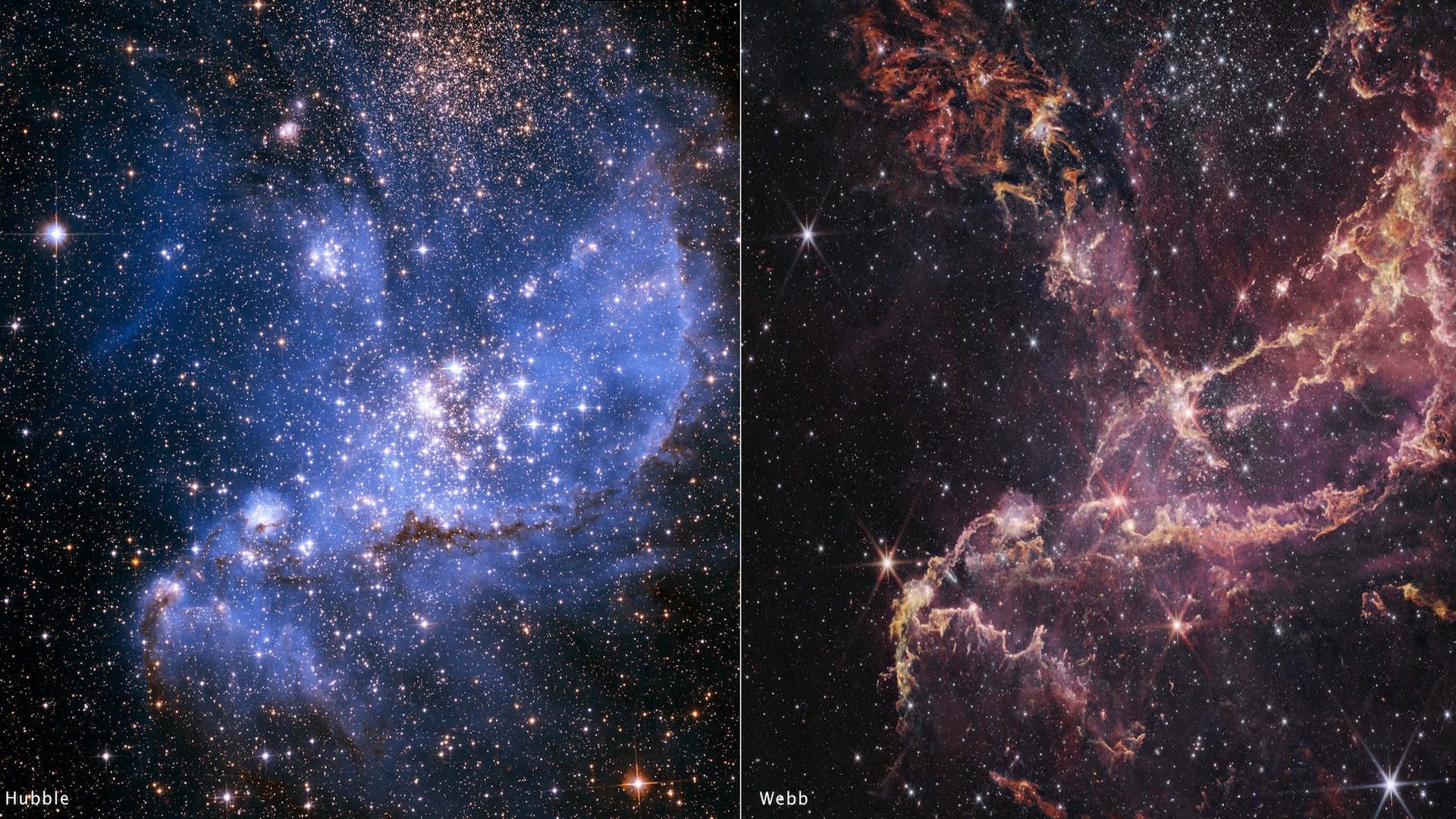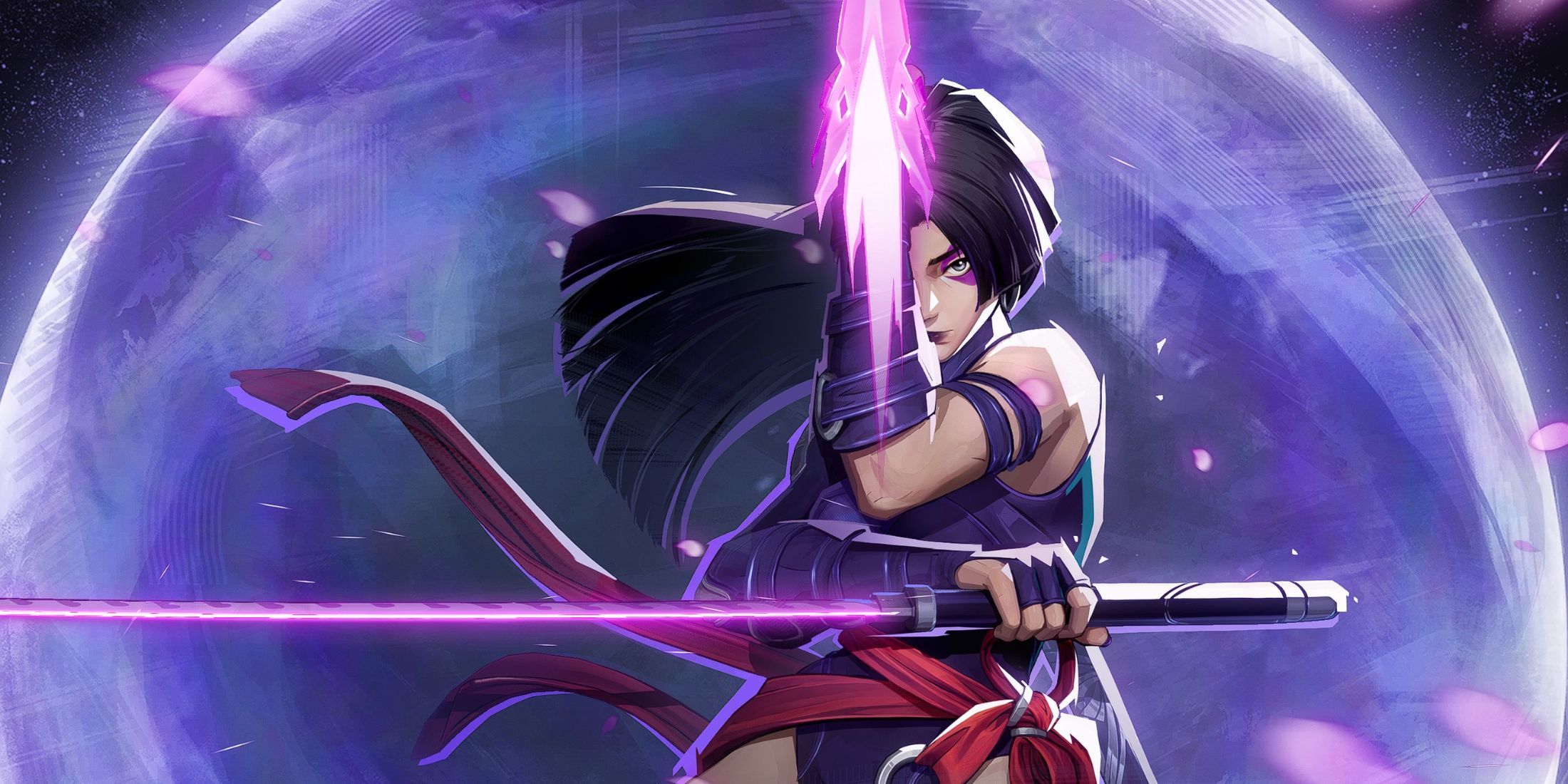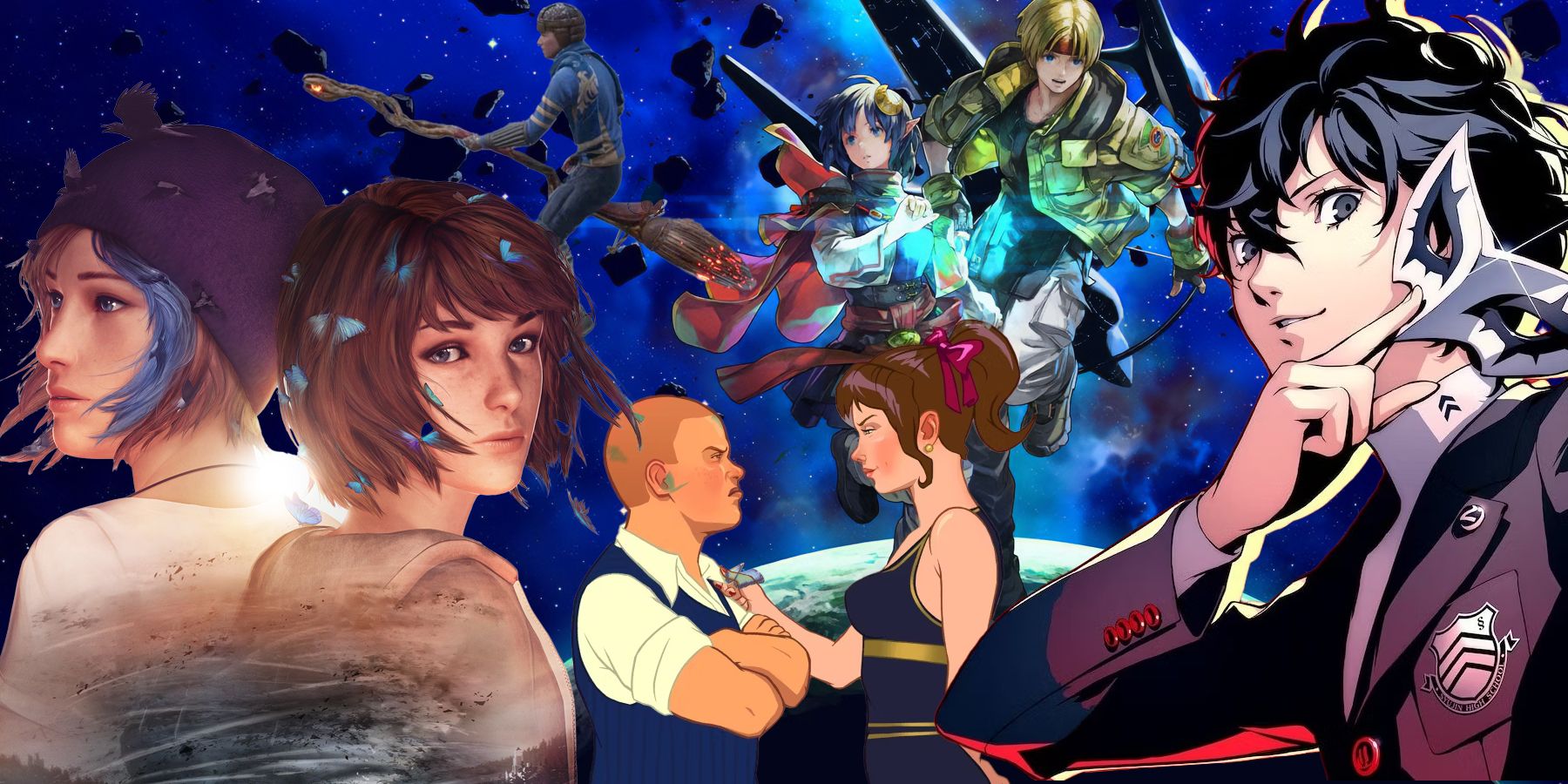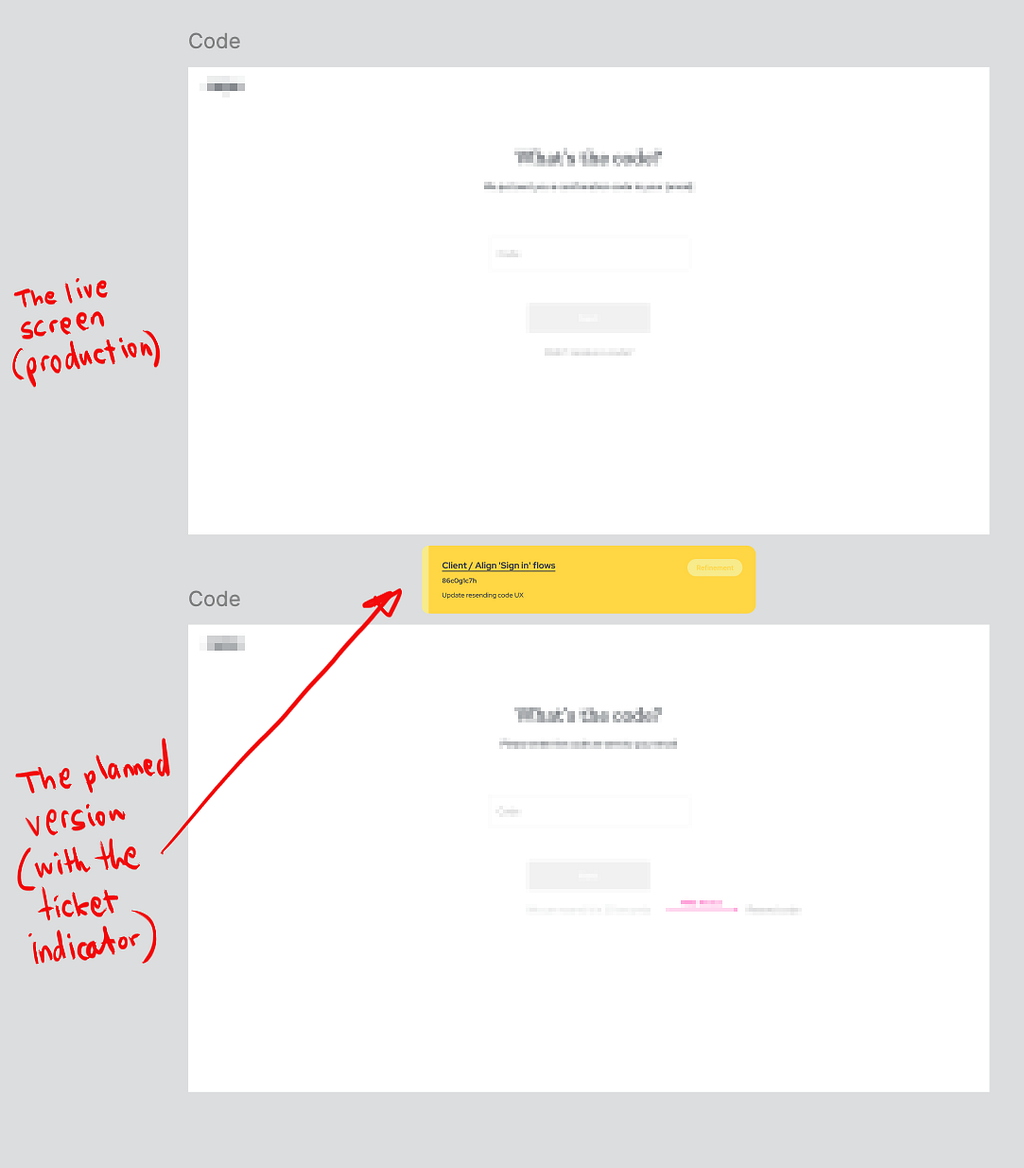www.gamespot.com
The Sims is celebrating its 25-year anniversary on February 4, 2025. Below, we speak with a key franchise executive about its enduring legacy across four games and beyond.Few franchises have resonated with gamers of all ages, genders, and skill levels over the past 25 years as much as The Sims. Across its four mainline games, numerous expansions, and vast array of quirky spin-offs, The Sims has left a significant impact on not just PC gaming, but the video game industry as a whole. To celebrate the series' 25th anniversary, developer Maxis has re-released The Sims 1 and The Sims 2 on PC with Windows 10 and 11 support. According to The Sims' VP of Franchise Creative, Lyndsay Pearson, these re-releases have been a long time coming."We had one laptop that floated around the office and didn't connect to the internet that we could open up and play The Sims 1 and 2 on. I joked with our studio's technical director all the time. I'd show up in his cubicle every other day like, 'Is it time now? Can we do it now?' We definitely know that there's a big love for those products, and I think reintroducing them would be quite a kick because players who've never played those early generations of The Sims would actually be surprised by how different they are in a lot of ways."It's now possible to check out The Sims 1 and The Sims 2 on PC and come to that conclusion for yourself. However, I remained interested in just what differences and changes stood out to Pearson and the rest of The Sims team. Ahead of The Sims 25th anniversary, I had a conversation with Pearson about her history with The Sims, why each game in the series has resonated with players in a unique way, and the place spin-offs and games like Project Rene have in the series going forward. The Sims (2000)Released on February 4, 2000, The Sims famously revolutionized simulation video games. Nothing played quite like what Pearson describes as a "hyperbolized version of life," in which players micromanaged the lives of Sims and customized their homes. GameSpot praised The Sims upon its release, noting that players could easily get "engrossed in The Sims' bright-looking, real-sounding, and highly detailed world of miniature people."Looking back, Pearson thinks The Sims resonated with so many people and kickstarted a franchise because it was so different from anything else in gaming at the time."The base premise was so mundane; it's just these little people that live in a house. But it was such a canvas for unpredictable, creative things. People created houses and space and really off-the-wall stories early on, almost in spite of the simulationIt opened up totally different ways to play that I feel like you hadn't seen in games before. When people had thought of simulation before, it was very much about how to recreate a real-life thing. The Sims turned that on its head and said it doesn't actually have to be entirely real life."The Sims was a critical darling and best-seller, eventually overtaking Myst as the best-selling PC game ever. EA had a franchise on its hands, and supported The Sims with seven post-launch expansions. Eventually, Maxis created an even bigger and better sequel. The Sims 2 (2004)Released on September 14, 2004, The Sims 2 took the core of what worked so well about The Sims and expanded upon it. The Sims 2 was the first game in the series to be fully 3D, and deepened the number of customization and interaction options players had at their disposal while also cutting away some of the series' more frustrating qualities. Sims gained the ability to create memories and have aspirations and lifetime wants, deepening the potential for emergent storytelling. Pearson believes "interconnectedness" is The Sims 2's greatest strength."The Sims 1 was very much a simulation, but The Sims 2 took it to a different level. You introduced a lot of interconnectedness with the families because now they had lifetimes and family relationshipsIntroducing backstories and memories, it was this whole new layer of The Sims universe, and I think it changed the way that we think about The Sims' world. Who are these little people that live there? Why? What are their motivations? What do they care about? What are they worried about?"The Sims 2 was once again a critical and commercial success because it gave players the tools to ask and answer those questions. GameSpot's review of The Sims 2 highlights that it "successfully took just about everything that was great about the first game and brought it up a notch." From a development perspective, it's also Pearson's favorite in the series, as it was the first The Sims game she worked on from start to finish.Between 2004 and 2008, The Sims 2 received eight expansions and 10 Stuff Packs. All that extra content made The Sims 2 a very robust, comprehensive package, but also made the jump from The Sims 2 to The Sims 3 all the more daunting for the developers. Maxis grappled with stripping back features with the intial version of each new game as they rebuilt from a new base. Pearson recalled the stress of knowing that each new addition to The Sims 2 would raise expectations regarding the content in potential sequels."Any time we move on, we would love to have taken everything that was there and brought everything over. But the reality is that the core feature changes in The Sims 3 and The Sims 4 changed so much about how everything worked that we couldn't really lift everything one to oneEven though it's really hard to go back to square one, it's an opportunity to look within the context of the engine, world, and conceits we've built and reenvision them." The Sims 3 (2009)A big reenvisioning happened with The Sims 3, released on June 2, 2009. Players could now explore an open-world neighborhood with their Sim, eliciting the feeling of being something like a god subtly directing these digital people's lives. Reflecting on The Sims 3, Pearson believes that its greatest strength was being an engine for organic storytelling."The Sims 3 was much more about organic storytelling. I'm going to take my Sim out into the world and see who they run into, and then I'm going to make up a story from there. You could organically discover more story, which changes how you think about design and systems because you're driving players to do a different kind of thing."GameSpot offered similar praise to The Sims 3 in its review, complimenting how "it offers the element of surprise, showing off its abundant charms through funny social interactions that make you want to be part of the improved virtual community." It was another multi-million seller, receiving 11 expansions and nine stuff packs. It's the game in the franchise that I've personally sunk the most time into because of how charming it felt to explore those open worlds with Sims I played a part in creating. Still, The Sims franchise continued to march on. The Sims 4 (2014)Around nine-and-a-half years passed between the launch of The Sims 1 and The Sims 3. Released on September 2, 2014, The Sims 4 has now been around as the primary Sims game for even longer than that. Pearson says the main goal of The Sims 4 is to make the individual Sims feel more like real people."How do we make them more believable as little people? That encompassed everything from their personalities and traits to how they interacted with the other Sims around them and built relationshipsThe heart of The Sims is that relationship between me and my characters, as well as my characters to each other. Some players like to control every little bit. Some players like to sit back and see what happens. You have to accommodate both, and I think over the past 10 years in The Sims 4, we've been able to experiment on both ends of that spectrum.Initially, The Sims 4 didn't land quite as cleanly to players and critics. GameSpot criticized the fact that "far too many series features have been frustratingly pruned or removed" when reviewing the launch version of the game. Over 10 years, 17 expansions, 12 game packs, and countless more updates later, though, The Sims 4 is in a much better place as a live-service life sim.The Best Sims 4 Mods Spin-offs and the futureRunning concurrently with all of these mainline games were numerous--and often a bit bizarre--spin-offs. That effort started with The Sims Online, but has gone on to encompass titles like The Urbz: Sims in the City, the MySims sub-franchise, and The Sims Medieval. Pearson looks back at all of these spin-offs very fondly."The reason The Sims did those spin-offs then and the reason we still think about things like that now is we're always trying to offer different entry points into The Sims for everyone. Maybe you're not totally interested in this big life sim that could feel daunting, and you want to start with something more cozy; that's what MySims was going after. I was always on the core Sims teams, but I worked closely with all of those teams over the years and was very jealous."As support for The Sims 4 continues, EA is embracing spin-offs again. Last November, MySims: Cozy Bundle launched on Nintendo Switch, and it's coming to PC in March. The mysterious Project Rene is also in development and does not appear to be The Sims 5. Speaking on Project Rene, Pearson had a quite bullish view on exploring the potential of standalone The Sims spin-offs."There's nothing but opportunity for us to look at and ask how we could take this notion of the standalone spin-off in The Sims universe and explore it further. From a design side, how do we leverage all the stories we introduced in all these spin-offs to keep adding to our universal lore? We're always looking at a number of projects to create those different entry points to the franchise, and I think that it comes down to which game is going to talk to which audience at which time. Whether it's a Project Rene or the Cozy Bundle re-release, it's all about what we are trying to offer and how it plugs into the broader universe."The Sims is still trying to find new ways to surprise players 25 years on. Finally giving players an easy way to play MySims and check out the two games that kickstarted the franchise is one way to do that. Now that EA has embraced the series' past, it can look forward to games like Project Rene and continue work on what The Sims will become over the next 25 years.












